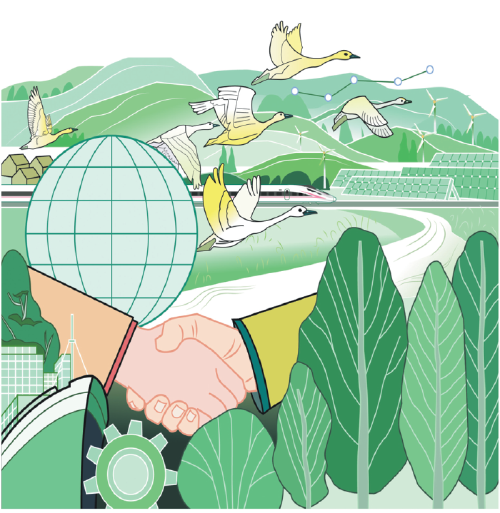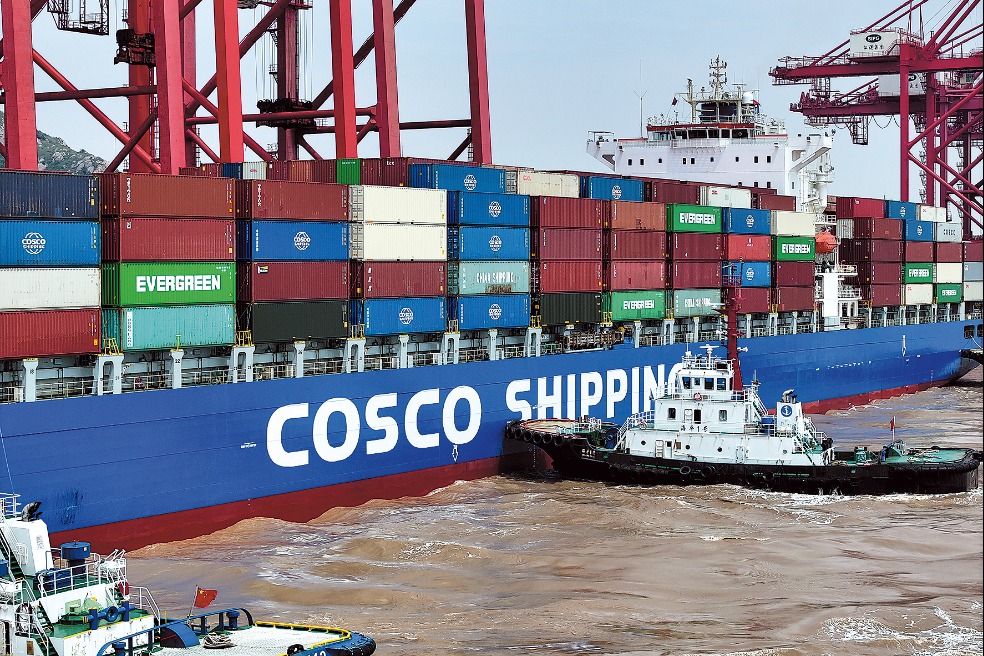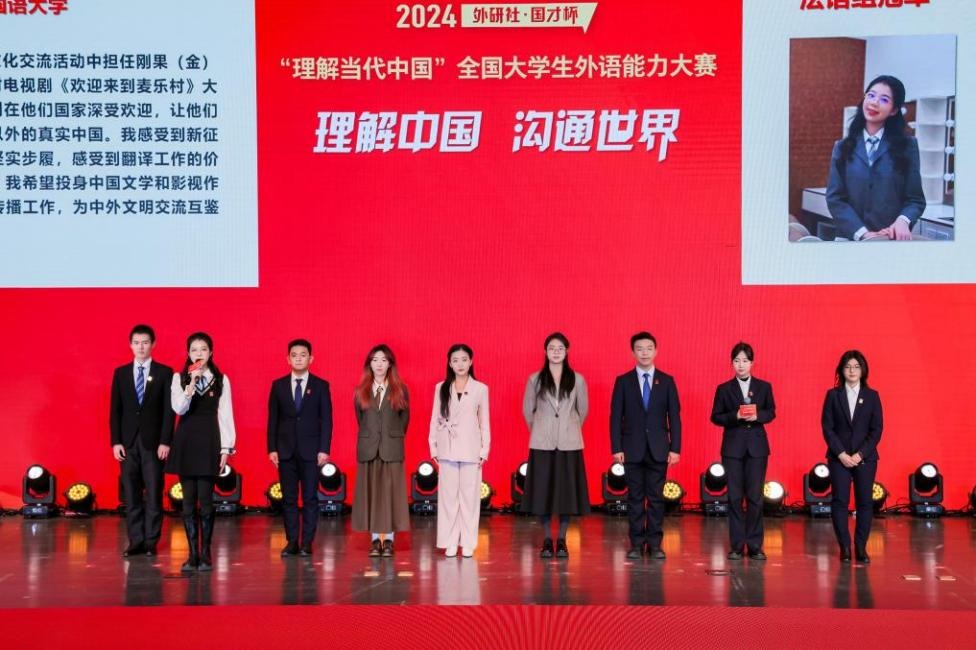Development without aid
A global transition from aid dependency to self-reliance is underway


The creation of development finance institutions such as the World Bank and the International Monetary Fund in the aftermath of World War II marked the formalization of the international aid architecture. This system took institutional shape through the Development Assistance Committee of the Organization of Economic Cooperation and Development, a club largely comprising wealthy nations. For decades, official development assistance was hailed as the engine of global development — at times even a panacea. In 1970, the United Nations set an ambitious target: that rich countries should allocate 0.7 percent of their Gross National Income to Official Development Assistance, cementing the doctrine of "no aid, no development".
So when the second Donald Trump administration began axing its aid — which accounted for nearly one-third of DAC contributions and half of global humanitarian funding — many saw it as the abrupt twilight of the aid era.
Yet the retrenchment of aid was less a sudden rupture than the culmination of a decade-long recalibration. Since the 2008 financial crisis, many DAC members have quietly retooled their aid systems, steering them away from development as an end in itself and toward foreign policy and security objectives. Countries such as the Netherlands, Australia, Canada and the United Kingdom folded their aid agencies into foreign ministries, effectively turning development assistance into a strategic instrument. The trend accelerated in 2015, when Europe's refugee crisis saw donor countries diverting up to 30 percent of their ODA budgets to cover in-country refugee costs — leaving less for development projects in poorer nations. The Ukraine crisis, which erupted in 2022, further entrenched this shift. That year, most of the increase in global ODA flowed not to the least developed countries, but to Ukraine. By 2025, several leading European donors — including the UK, France and Germany — had announced sharp aid reductions while ramping up military budgets. The UK, for instance, is slashing aid by 40 percent and raising defence spending from 2.3 percent to 2.5 percent of GDP by 2027.
This strategic repurposing leaves a funding vacuum that neither emerging economies in the Global South nor the private sector are likely to fill anytime soon. The shortfall is especially stark in Africa, where US bilateral aid accounts for roughly a quarter of all external development finance. In 16 African nations, funding from USAID alone makes up around 1 percent of Gross National Income. According to the Institute for Security Studies in South Africa, current US aid cutbacks could push an additional 19 million Africans into extreme poverty by 2030.
The decline in aid points to a deeper paradox at the heart of the development enterprise. Though nearly 70 percent of aid from advanced economies is nominally devoted to promoting growth, no country has ever vaulted to sustained prosperity on aid alone. Instead, it has bred dependency and, more insidiously, chipped away at the sovereignty of recipient nations. Governments often bend to donor priorities, sidelining domestic agendas in favor of externally dictated benchmarks. The result is frequently a misalignment of goals — where aid-driven projects supplant rather than support local industries. At the same time, the steady flow of foreign assistance dulls incentives to build robust tax systems, leaving fiscal institutions underdeveloped and states trapped in a cycle of external reliance.
Aid often comes tethered to the donor's values. Western-led assistance is frequently laden with political conditions, privileging democratization and "good governance" over economic pragmatism. This reordering of priorities can distort national agendas, leaving recipient governments juggling donor expectations rather than pursuing national development strategies. Neoliberal prescriptions, rooted in the belief that "government is the problem", have led donors to bypass state institutions, channeling aid through non-governmental organizations instead. This approach often results in fragmented projects that operate in silos and lack coordination with national development plans. The proliferation of such fragmented aid projects has left developing countries struggling to align external interventions with coherent, long-term development plans.
Yet the retreat of aid is also catalyzing a welcome shift. Across the Global South, governments are rediscovering the imperative — and the possibility — of self-reliance. The perils of aid dependency have become harder to ignore. In 2017, Ghana's then-president, Nana Akufo-Addo, launched the "Ghana Beyond Aid" initiative, arguing that true prosperity could only come from within. His successor, John Mahama, has endorsed the same vision. From Ghana to Ethiopia, and from Rwanda to Zambia, leaders are beginning to frame the so-called post-aid era as a window of opportunity: one in which nations can pursue homegrown strategies, rebuild institutional capacity, and craft a new development paradigm on their own terms.
This moment presents a rare opportunity to rethink and restructure the global governance system. Multilateral institutions — particularly those anchored in the UN — are already facing acute disruptions. Many UN agencies have begun cutting staff and slashing budgets. The World Food Programme, the world's largest humanitarian agency and heavily reliant on US funding, plans to lay off 30 percent of its global workforce, cutting 6,000 jobs. As aid flows recede, low-income countries are increasingly turning to emerging powers such as China and India for support — potentially placing outsize pressure on these South-South cooperation partners. Collectively, these shifts are poised to redraw the contours of global governance, recasting the roles of both the Global North and the Global South.
For countries in the Global South, the retreat of aid is both a risk and a reckoning. While the danger of falling into new forms of dependency remains, so too does the promise of charting new, self-determined development paths. The challenge — and opportunity — lies in fostering genuine autonomy and advancing a more just and equitable international order.


Xu Jin is an associate professor at the college of international development and global agriculture at China Agricultural University. Li Xiaoyun is a professor at the college of international development and global agriculture at China Agricultural University. The authors contributed this article to China Watch, a think tank powered by China Daily.
Contact the editor at editor@chinawatch.cn.

































